Black acanthosis nigricans is not a common skin disease but a sign of internal disorders of many diseases such as cancer, diabetes, metabolic disorders.
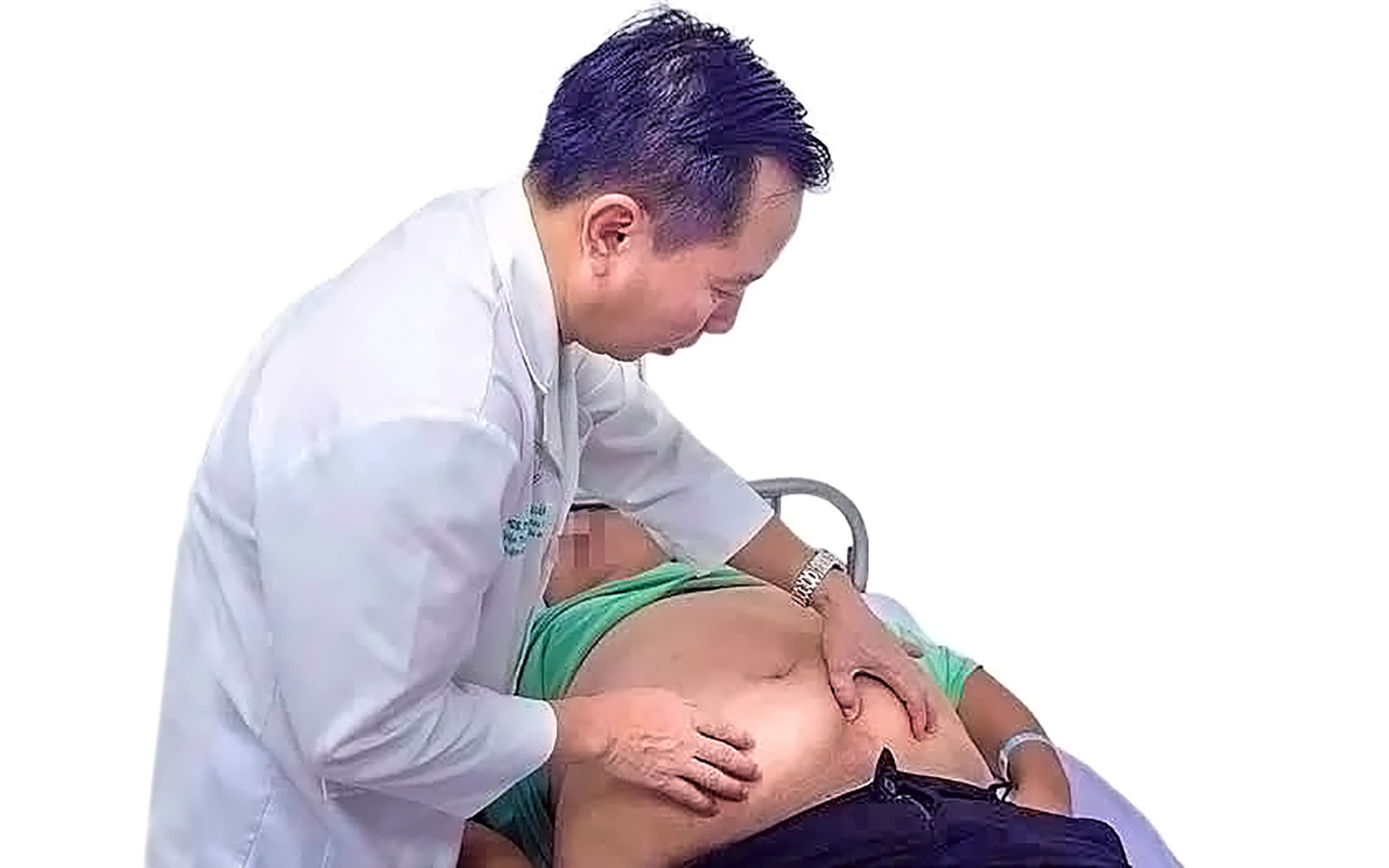
Associate Professor, Dr. Nguyen Anh Tuan examines an obese patient with acanthosis nigricans - Photo: HA TUONG
Obese people think they only have dark skin but they do not expect to have dangerous acanthosis nigricans. Acanthosis nigricans is not a common skin disease but a sign of internal disorders of many diseases such as cancer, diabetes, metabolic disorders.
How to treat this red warning signal of dangerous disease?
Mother suspected her child's skin was dirty, so she took him to get skin whitening, but unexpectedly he got a serious illness.
Nguyen Thi T. (13 years old, Hanoi) is 1m50 tall, weighs 66kg, has a face full of acne and especially a black neck. Her mother still thinks it is because her skin is dirty, but despite scrubbing thoroughly and even going to a spa to whiten her skin, the black spots fade but then turn black again.
Recently, the baby's mother went to check for adrenal tumors and thyroid tumors and brought the baby along. The doctor examined carefully and found that not only the neck was black, but also both armpits had similar signs. The doctor said that baby T. had acanthosis nigricans, which put her at risk of developing type 2 diabetes.
Dr. Nguyen Quang Bay, head of the endocrinology and diabetes department at Bach Mai Hospital, said that black neck and armpits are signs of Acanthosis Nigricans in severe insulin resistance syndrome.
Acanthosis nigricans usually appears on the neck and armpits, and is often seen in obese children with metabolic syndrome or polycystic ovary syndrome. Children with this sign are at very high risk of developing type 2 diabetes.
If the child has this sign, parents must take the child to an endocrinologist immediately to avoid delay which can cause dangerous complications.
Mr. Nguyen Anh Tuan - Deputy Director of the Institute of Digestive Surgery, Head of the Department of Digestive Surgery at the 108 Central Military Hospital - said that Acanthosis Nigricans is manifested through dark, thick and velvety skin areas, often appearing on the neck, armpits, groin and sometimes in other folds such as the elbows or knees.
This condition is not an independent disease, but is often closely related to underlying health problems, especially in obese people.
The underlying cause is that obese people often experience insulin resistance - a phenomenon when the body does not use insulin effectively to metabolize blood sugar. Excess insulin stimulates the overgrowth of skin cells and melanin, causing acanthosis nigricans.
According to a study published in the Journal of Clinical Endocrinology and Metabolism, about 74% of obese people with acanthosis nigricans have insulin resistance. This is the main reason why the condition is more common in overweight people than in people of normal weight.
According to Dr. Nguyen Manh Hung (Central Dermatology Hospital), acanthosis nigricans is a dark skin condition that often occurs in the folds of people under 40 years old.
This hyperpigmentation has ill-defined borders and is most commonly associated with diabetes and insulin resistance syndrome, but it can be a sign of malignancy.
There are many factors involved in the development of acanthosis nigricans.
"Red signal" of many dangerous diseases
Associate Professor Nguyen Anh Tuan warned that many people think that acanthosis nigricans only affects the skin, not knowing that acanthosis nigricans is a "red signal" of the body warning of potential risks of metabolic and endocrine disorders.
Acanthosis nigricans often appears before blood sugar levels rise to dangerous levels of type 2 diabetes. Acanthosis nigricans is also part of metabolic syndrome, which includes abdominal obesity, high blood pressure, dyslipidemia, and high blood sugar.
Endocrine disorders: In women, acanthosis nigricans is often associated with polycystic ovary syndrome (PCOS) — a common endocrine disorder in obese people.
Particularly at risk of cancer, a few cases of acanthosis nigricans have been associated with internal cancers, but this risk is higher in obese adults.
Dr. Nguyen Manh Hung warned that nearly one-third of patients with acanthosis nigricans are associated with malignancy, and skin changes often occur before clinical signs of malignancy appear. Acanthosis nigricans associated with malignancy can appear suddenly, often accompanied by severe itching.
In addition to lesions that usually occur in skin folds such as the groin, armpits or nape of the neck, rare cases still occur in the nasal mucosa, oral cavity, esophagus or larynx, and conjunctiva of the eye. Women can also develop lesions on the nipples.
In some patients, a molluscum may also appear hanging from the affected site. There may be changes in the nails such as hyperkeratosis and whitening. Clinically, benign and malignant lesions of acanthosis nigricans cannot be distinguished and can be confirmed by skin biopsy.
How to treat acanthosis nigricans in obese people
Weight loss: Losing 5 to 10 percent of your body weight can significantly improve your acanthosis nigricans symptoms. According to Obesity Research, losing weight not only reduces insulin resistance but also lightens and softens the affected skin within 6 months.
Lifestyle changes: Eating a balanced diet and increasing physical activity (for example, walking briskly for 30 minutes a day) can help lower blood insulin levels.
Topical medications: Retinoids and glycolic acid help lighten skin and reduce thickness; creams containing urea or lactic acid may be prescribed by your doctor to reduce roughness.
Cosmetic treatments: Lasers lighten dark areas and remove thick layers of skin; chemical peels: use mild acids to renew the skin's surface.
Diet: Limit refined carbohydrates and foods with a high glycemic index; increase green vegetables, fiber, and lean protein to improve metabolism.
See your doctor for weight loss and diabetes control.
Source: https://tuoitre.vn/benh-gai-den-canh-bao-benh-nguy-hiem-20241204084555411.htm








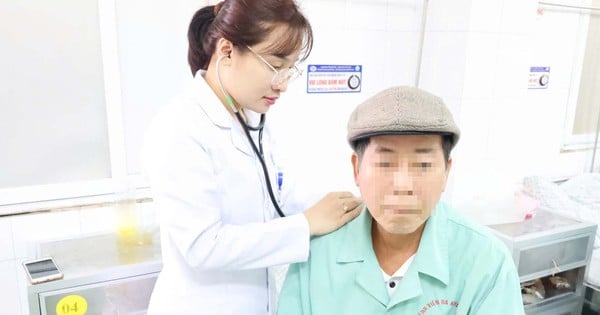

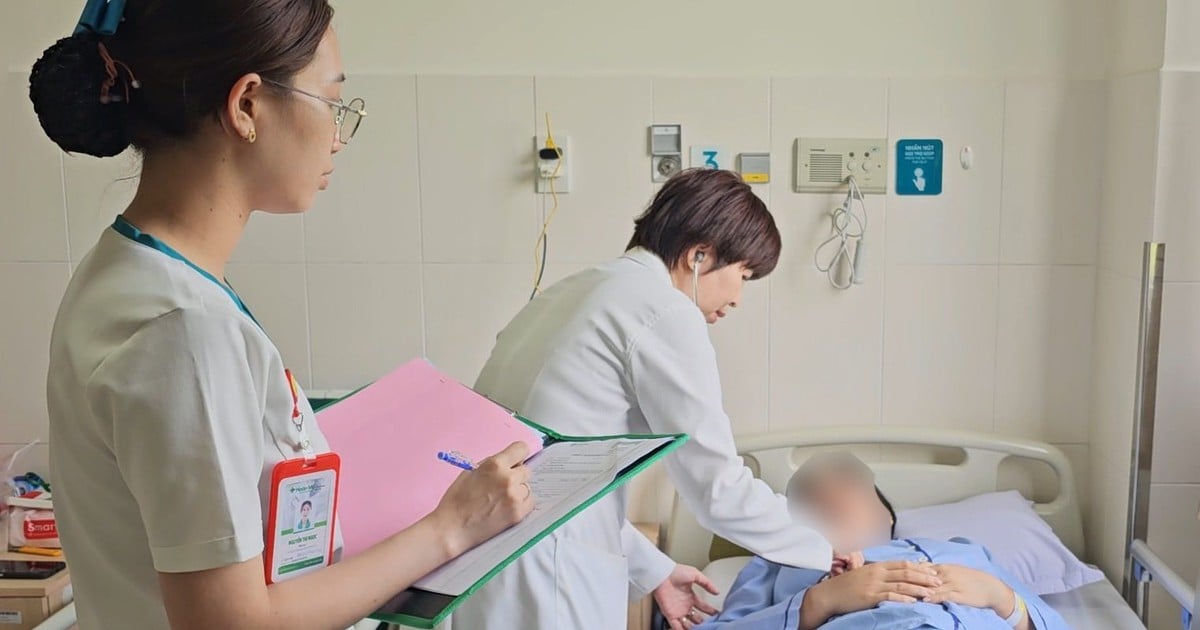

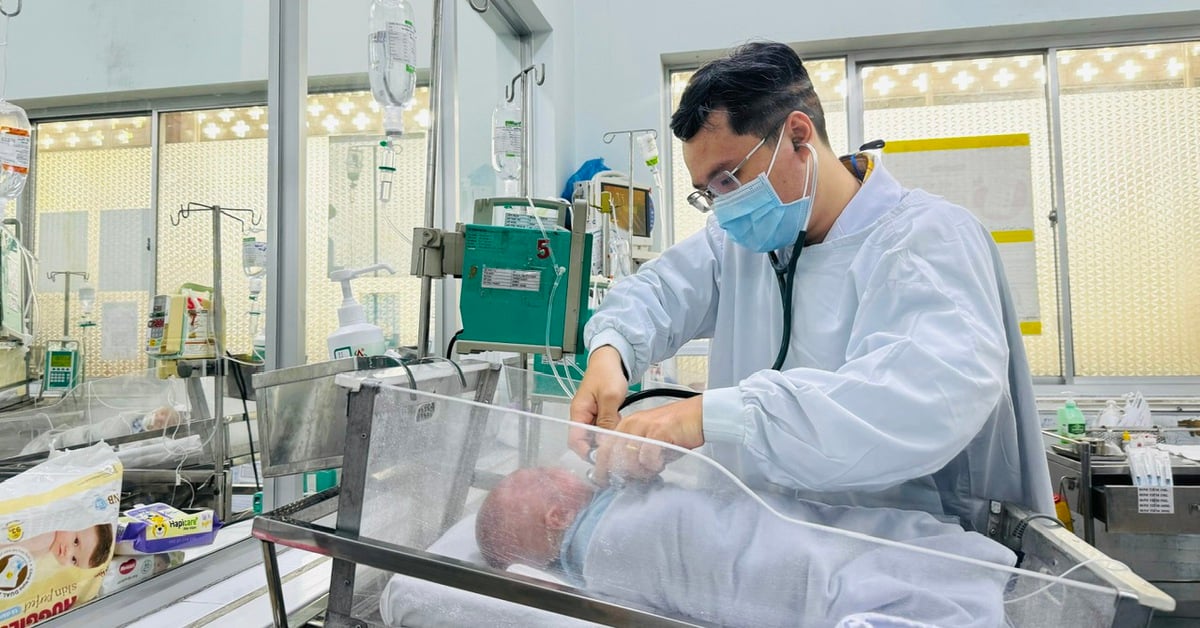
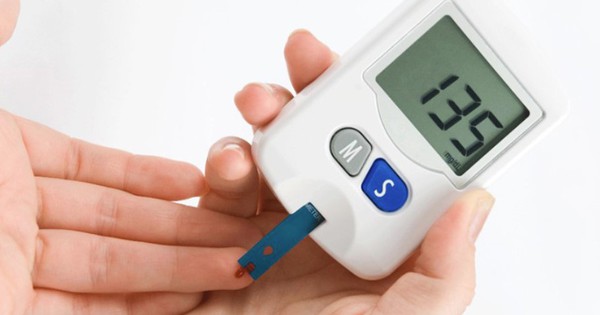




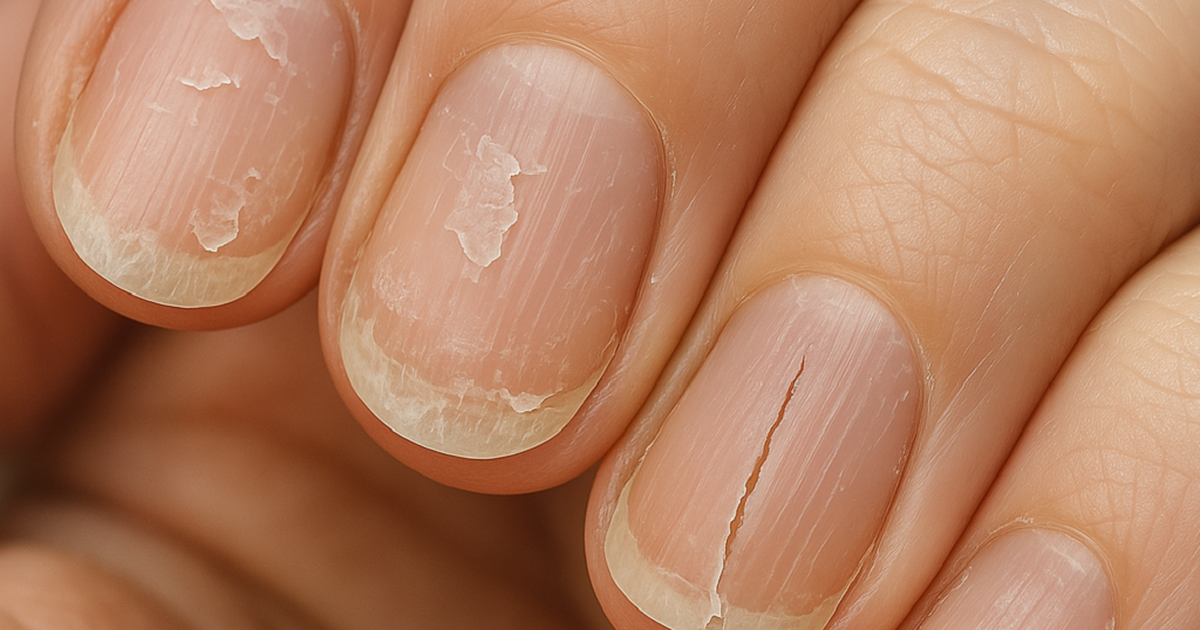













![[Photo] Visiting Cu Chi Tunnels - a heroic underground feat](https://vstatic.vietnam.vn/vietnam/resource/IMAGE/2025/4/8/06cb489403514b878768dd7262daba0b)





















































Comment (0)